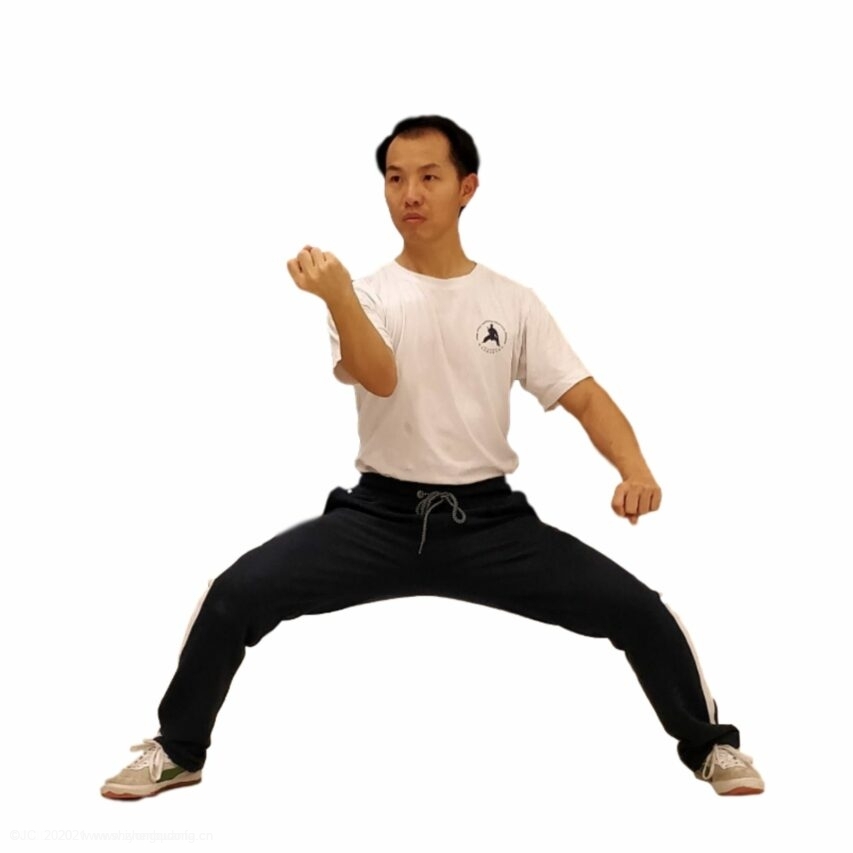
|
1-2-3 in general means that we must have a method, and there is a procedure. We have to listen with our eyes. We can't just close our eyes and say that we are listening. Positive Circle
- Move one part
- Move two parts
- Move three parts
- Move three parts: hip, shoulder, elbow. The hip movement should be the largest. Shoulder and elbow are adjusted.
- Move two parts: Both hips move, upper body does not move. The elbow is in place passively.
- Move one part: Do not move your upper arm and out-with-hand. Finally, turn your shoulders a little, and it causes the whole arm while not moving to be turned.
Master Chen corrected some of the students' negative cirles.
Common mistake: The action is too smooth. 1-2-3 is not clear. We should practice the action distinctively.
Whereever Master Chen says doesn't move, it shouldn't move. You can move whatever he didn't mention. He only cares about the places where specific instructions are made.
Master Chen reminded us that the place where we did not move kept our external appearance and structure unchanged.
Double Downward Squeeze: After the elbow is in place, the elbow (upper arm) does not move, and the hand goes out.
"通": means to go through.
Afternoon Session
Two ways to teach:
- Don't tell you everything upfront, and let you figure out yourself.
- Tell you everything upfront.
- My rear kua was moving as I moved my front kua.
- I was moving my rear shoulder too much. My power is leaked there.
- The rear kua needs to be not moving. The right kua and the rear knee are the opposite pair. The rear shoulder just adjusts and adapts.
- In with elbow, the front kua is the seat. Out with hand, the rear kua is the seat. The seat must be stable.
- In the 3-count positive cirlce: In with elbow, turn with kua, out with hand. When we do turn with (front) kua, the rear kua does not move. This action itself has already started to drive the hand out. When the front kua can't go anymore, we open the armpit, and the rear knee while the rear kua is still not moving.
No comments:
Post a Comment